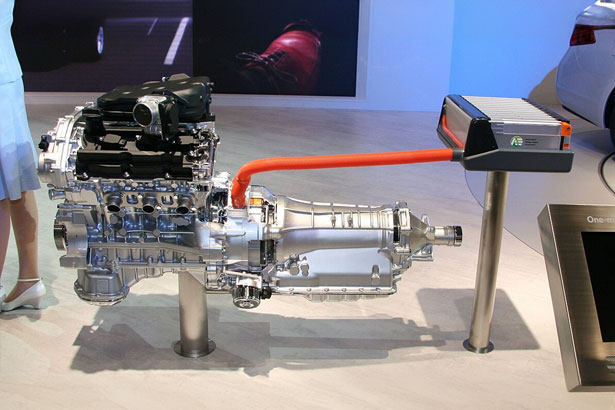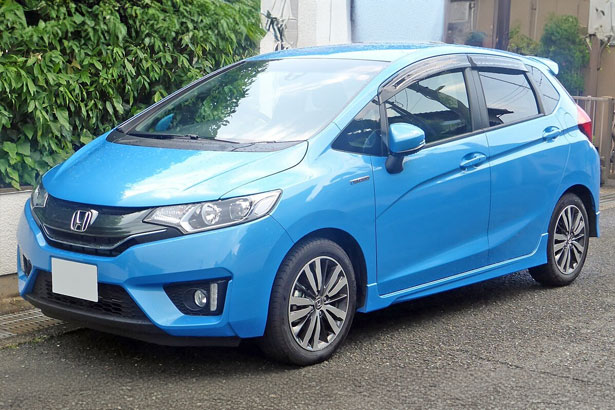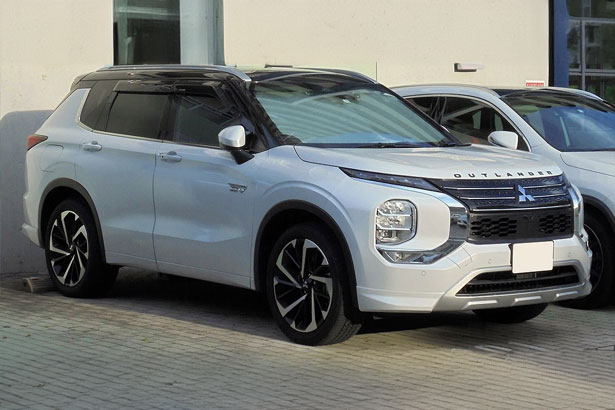
The Three Main Types of Hybrid Cars
The motoring landscape is evolving. In the past, choosing a car mainly involved deciding between petrol, diesel, or perhaps a fully electric vehicle. Today, the options are much broader. To reduce emissions and maximise efficiency, manufacturers are incorporating various hybrid drivetrains. Alongside traditional hybrids, there are now mild hybrids and plug-in hybrids to choose from.
In this blog, we’ll cover everything you need to know about these options. We’ll examine each type, explain how their systems operate, and identify the ideal users for each. Let’s dive in and explore the details.
Mild hybrids (MHEV)

The Three Main Types of Hybrid Cars
A mild hybrid is a type of hybrid vehicle that integrates an internal combustion engine with a small electric motor and a battery pack. In its operation, the electric motor assists the engine in improving fuel efficiency and reducing emissions but cannot power the vehicle on its own. Therefore, the two power sources can’t be used independently of one another.
Using a belt alternator starter, mild hybrid systems charge the battery through regenerative braking (energy recovered when the vehicle brakes). The stored energy is then used to assist with coasting and to provide smoother stop-start functionality. Typically, MHEVs are the least electrified of the hybrids, but with modest power and efficiency gains.
The system is available in a wide variety of vehicles, including the Suzuki Ignis city car, Swift supermini and several models from Mercedes and Audi.
Use Case: Ideal for drivers looking for better fuel efficiency without the need to charge a battery externally.
Full Hybrids

The Three Main Types of Hybrid Cars
A full hybrid features a larger battery and a more powerful electric motor than mild hybrids, alongside the internal combustion engine. It charges its battery system in much the same way as mild hybrid systems, utilising energy from the gasoline engine and regenerative braking. A notable difference with a full hybrid is that it can run on the electric motor alone, the internal combustion engine alone, or a combination of both, depending on the driving conditions.
Some of the most popular full hybrid cars include Toyota Prius, Hyundai Ioniq Hybrid, Toyota RAV4 Hybrid, Toyota Yaris and Honda Jazz.
Use Case: Suitable for drivers who want significant fuel savings and the ability to drive short distances on electric power alone.
Plug In Hybrids(PHEVs)

The Three Main Types of Hybrid Cars
Unlike mild hybrid cars and full hybrids, plug-in hybrids have a plug-in feature to charge their batteries from an external power source. The concept basically bridges the gap between full hybrids and fully electric vehicles by incorporating larger onboard batteries that offer a significantly better electric-only range compared to traditional full hybrids.
PHEVs make the most of their electric motors and significantly help cut down on fuel costs. Essentially, they provide a means to meet increasing zero-emission vehicle standards without the need to develop entirely new battery-electric cars, thus reducing engineering costs. Some examples include Mercedes-Benz A-Class PHEV, MINI Countryman Plug-in Hybrid, Mitsubishi Outlander PHEV and BMW 530e.
Use Case: Best for drivers who can regularly charge the vehicle and want to maximise electric driving with the flexibility of a fuel engine for longer trips. Also ideal for those testing the waters before making the leap to a fully electric car.
Now you should have a handle on the different types of hybrid cars available today.
Image sources: Suzuki Ignis MHEV: Wikipedia | Honda Fit Full Hybrid: Wikipedia | Mitsubishi Outlander PHEV: Wikipedia

